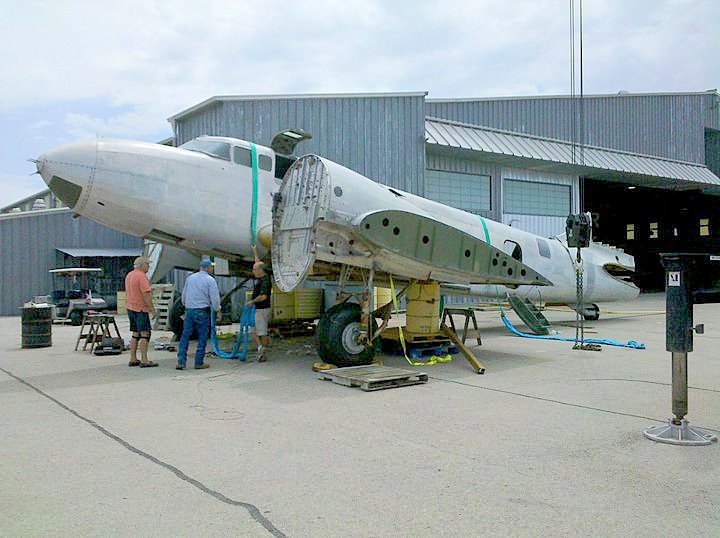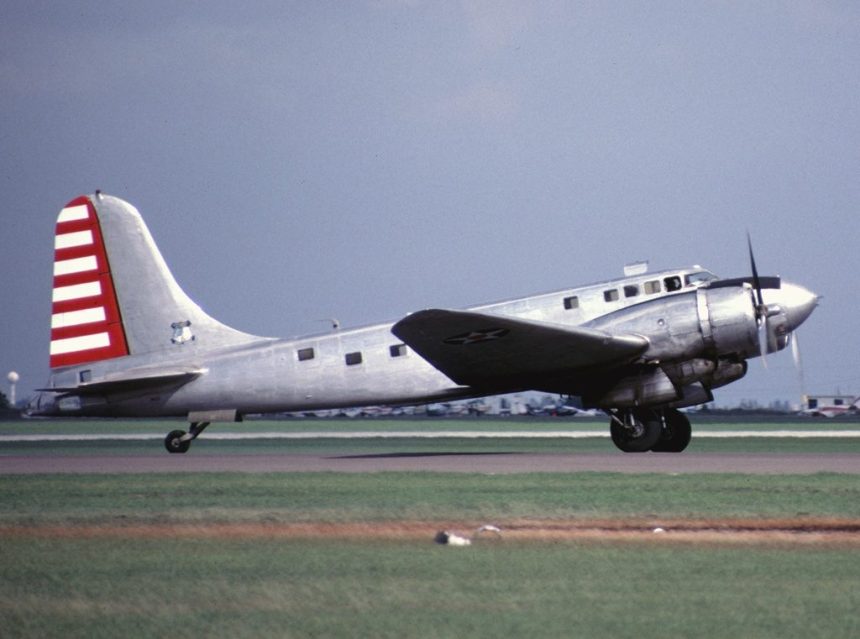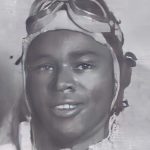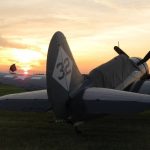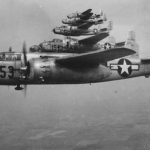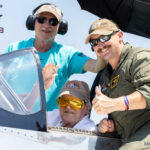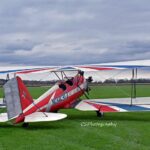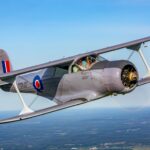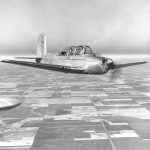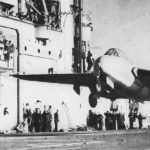An aircraft hangar can hold many secrets. Stories yearn to be told if only “passer-bys” would stop and listen. Tucked alongside the wall of the “big” hangar at the National Warplane Museum (NWM), in Geneseo, New York is one such example of a tale that deserves to be written and subsequently read. Unassuming, out of the way of the normal museum volunteer and visitor traffic, a rather rare bomber from World War II lies in wait, eagerly anticipating the day she can once again stand on her own. A Douglas B-23 Dragon dreams of spreading her wings, perhaps even in the air.
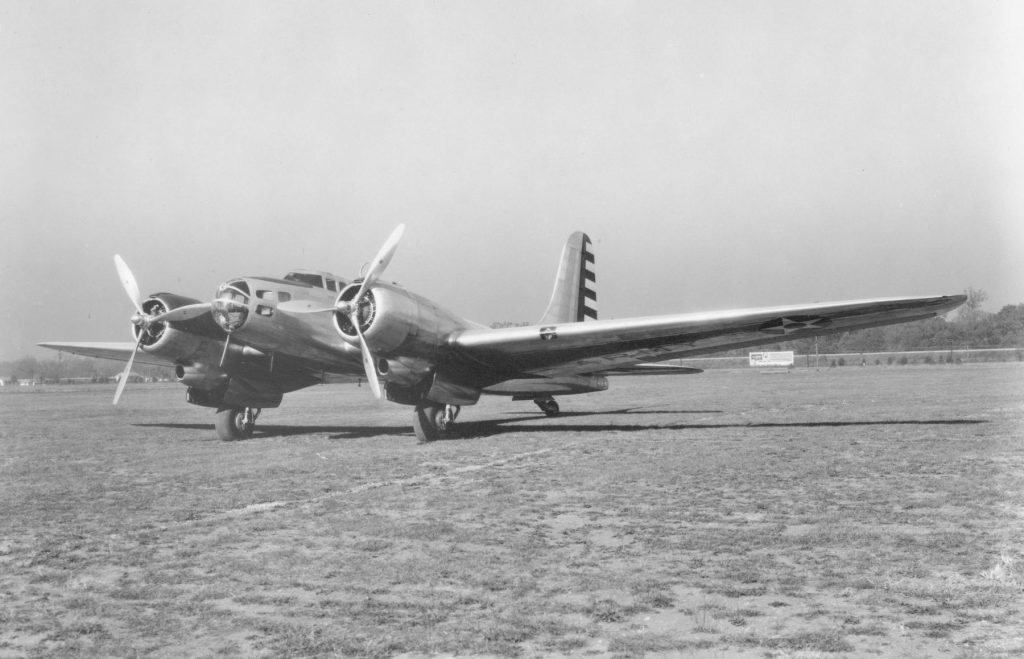
In the 1930s, the United States Government began realizing the risk of an impending global war, and the very real possibility of its entry into such a conflict. This led to a ramp-up of development for machines of combat, including aircraft. At the time, preference was given to the development of bomber aircraft, as they were seen as the more capable medium for delivering effective damage to the enemy. Not as much thought was given to fighters or other smaller aircraft as it would be as war drew ever closer. This was a result of the previous experiences with aircraft in combat, but no one could have predicted the need for a more diverse fleet that would soon be exposed. In 1934, as a result of the bomber-focused mindset, the United States Army Air Corps (USAAC) requested designs for a new twin-engine heavy bomber. They wanted it to have double the payload of their current bomber, the Martin B-10. Aircraft manufacturers began developing new bomber designs, and by 1935, the Douglas Aircraft Company had an answer in the B-18 Bolo.
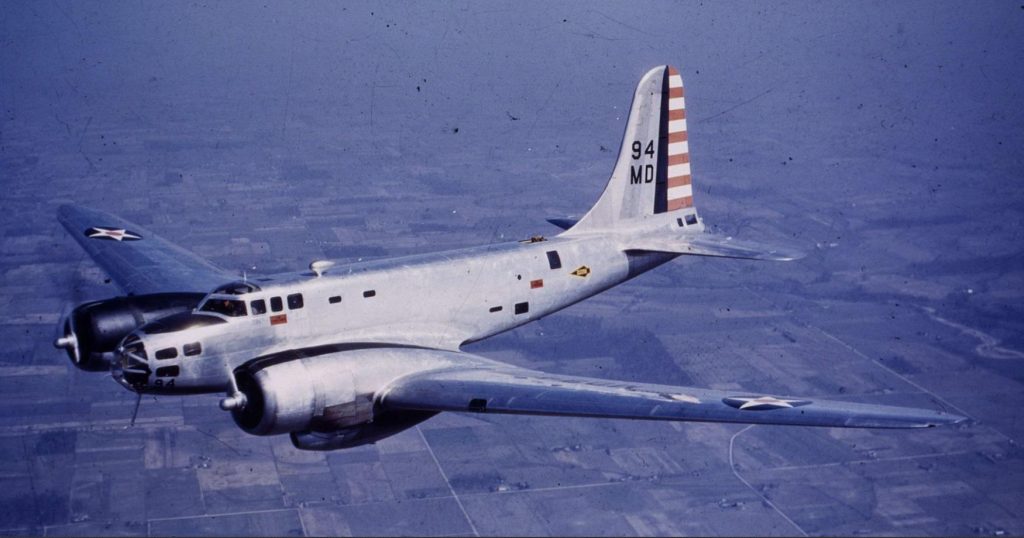
The B-18 Bolo was developed from Douglas’ already successful DC-2 design, sharing wings and other components. Seen as more of a “stop-gap” solution by the USAAC, the Bolo would soon be developed further by Douglas. A complete redesign of the B-18 was initiated, and on July 27, 1939, the Douglas B-23 Dragon would take flight for the first time. Boasting greatly improved performance and upgraded armament, the Dragon looked like a promising prospect as the USAAC’s next medium bomber. The twin 1,600-hp Wright R-2600 engines gave the B-23 her power, and a maximum speed of 282 mph and a cruise speed of 210 mph. The aircraft was to have a crew of six and bristled with three .30 caliber machine guns and one .50 caliber gun. The .50 cal was mounted in a tail turret, which was a revolutionary design at the time. An internal bomb load of 2,000 pounds could be carried in its bomb bay.
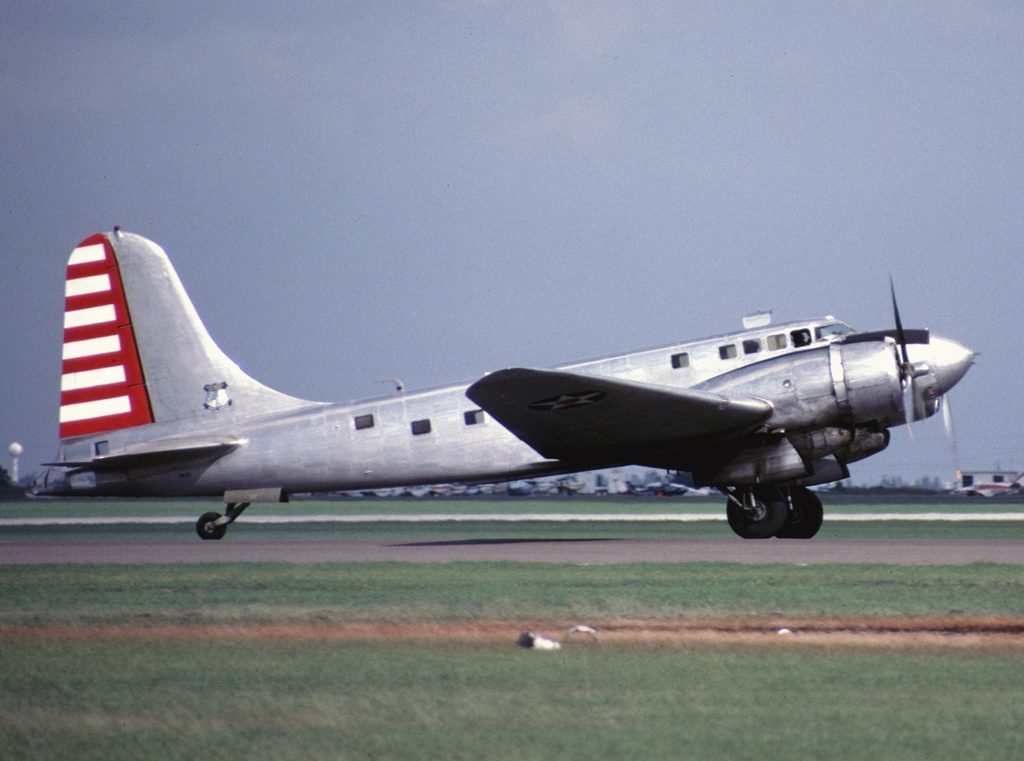
Unfortunately for Douglas Aircraft, the B-23 was not as successful as they had hoped. Despite the improved performance over the B-18, the Dragon was soon rendered inferior to the recently developed North American B-25 Mitchell and Martin B-26 Marauder. The aircraft would not be selected for front-line combat. A total of 38 B-23s were built, and they mostly served stateside as patrol and training aircraft. Some B-23s were converted and re-designated as UC-67s, which flew as transports. Today, only a handful of the faithful Douglas bombers remain. Less than ten are on static display worldwide, and one remains airworthy in the Pacific Northwest. The NWM claims title to one of these Dragons, and now the race is on to let her story be known.
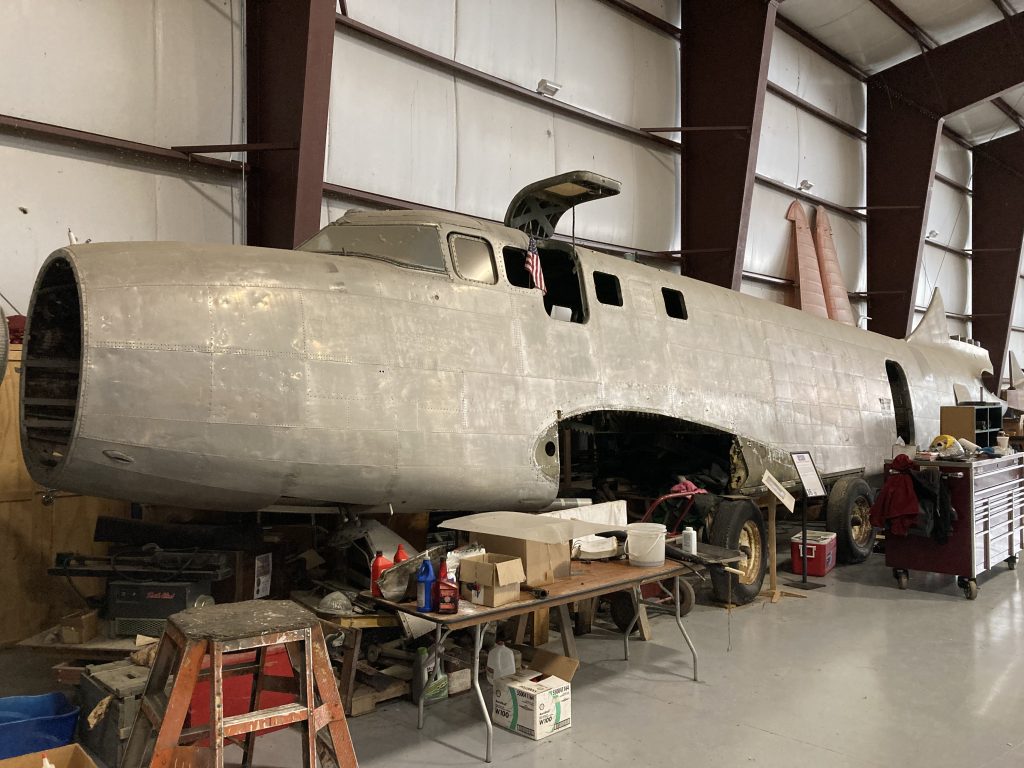
In the winter of 2009, a group of NWM (then the 1941 “HAG”) volunteers and board members sat around a table during the Wednesday “Work Day” AM coffee break. As with most airports, a copy of Trade-A-Plane can usually be found on a table not too far from the soda dispensing machine. The Geneseo Airport is no different. After an early morning of toiling on various museum projects, the crew was sipping their morning coffee and HAG President Austin Wadsworth flipped through the pages of the latest edition of the aircraft sales catalog. As with most World War II aircraft enthusiasts, the usual habit is to flip to the Warbirds section. From there, the reader can dream and drool over the unique, often multi-million dollar offerings. In this instance, what to Austin’s wondering eyes should appear? None other than a listing for an ultra-rare WWII bomber, a Douglas B-23 Dragon.
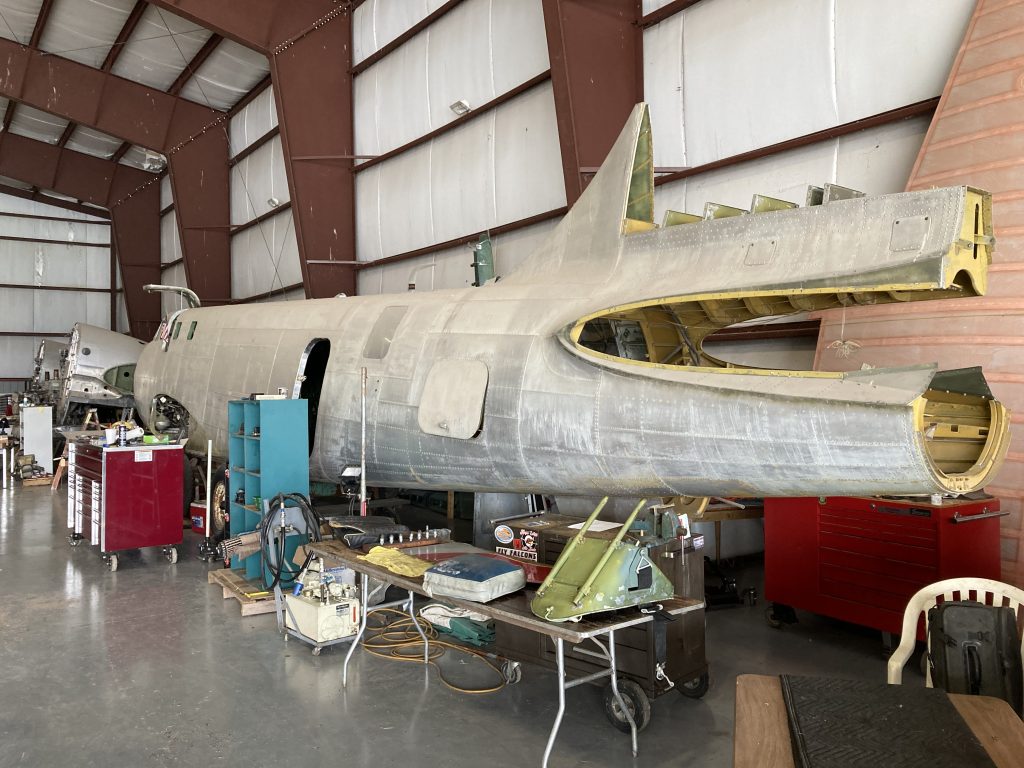
Those at the table nearly collectively spit out their coffee. One of only 38 B-23s was available for a mere $50,000. Granted, it was not in airworthy shape and had not been in some time, but it appeared to be complete and appeared to have potential. The listing from Mark Clark’s Courtesy Aircraft Sales stated, “The aircraft is to be sold as-is. It is located in Midland, Texas. The aircraft has NOT flown for many years and has extensive corrosion in the wings and center section. It would make an exceptional static display aircraft.” Not to be deterred by the obstacle of rotting metal, the museum made the decision to contact Courtesy and the seller, the Commemorative Air Force (CAF), about the potential of acquiring the Dragon.
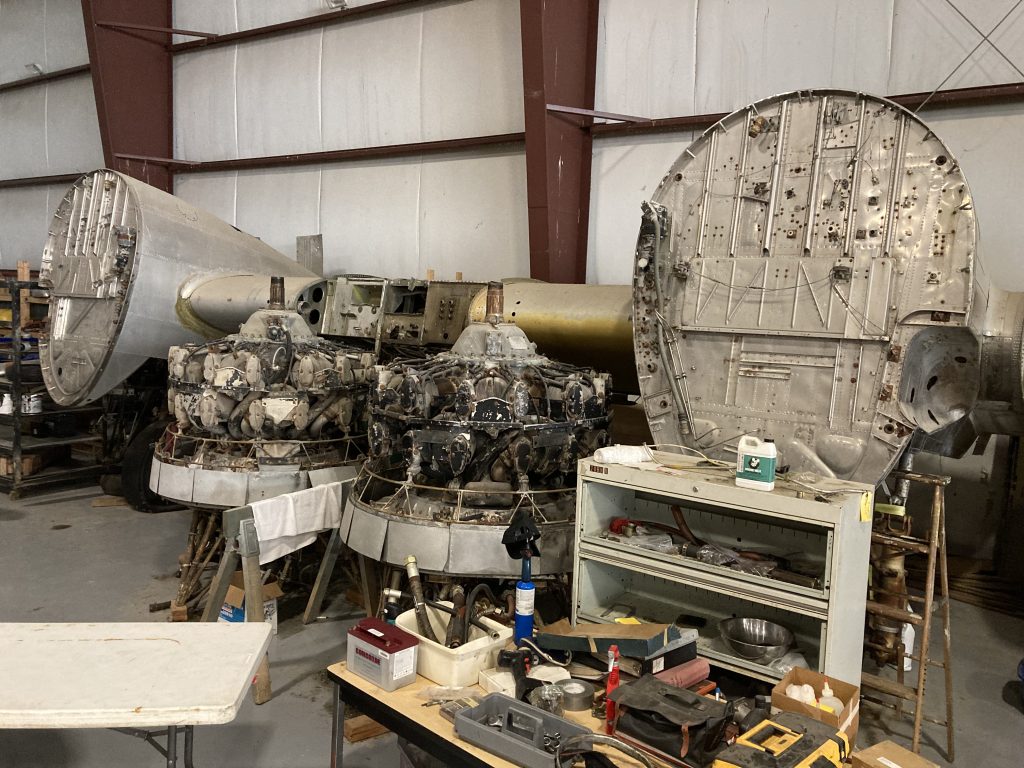
To understand why this decision was made, one must understand the passion and “magic” of Geneseo. The 1941 HAG, and currently the NWM, has a history of making something out of nothing. The dedicated volunteers pour their heart and soul into every single project, even the simplest tasks like pulling weeds. With the most scarce of resources available, the Geneseo crew always makes it happen. Bearing this in mind, and still reeling from the loss of the museum’s B-17G Fuddy Duddy to an early 90s museum membership split, the 1941 HAG board made the decision to allocate funds and donations towards the acquisition of the B-23. The mission had begun, now they had to bring it home.
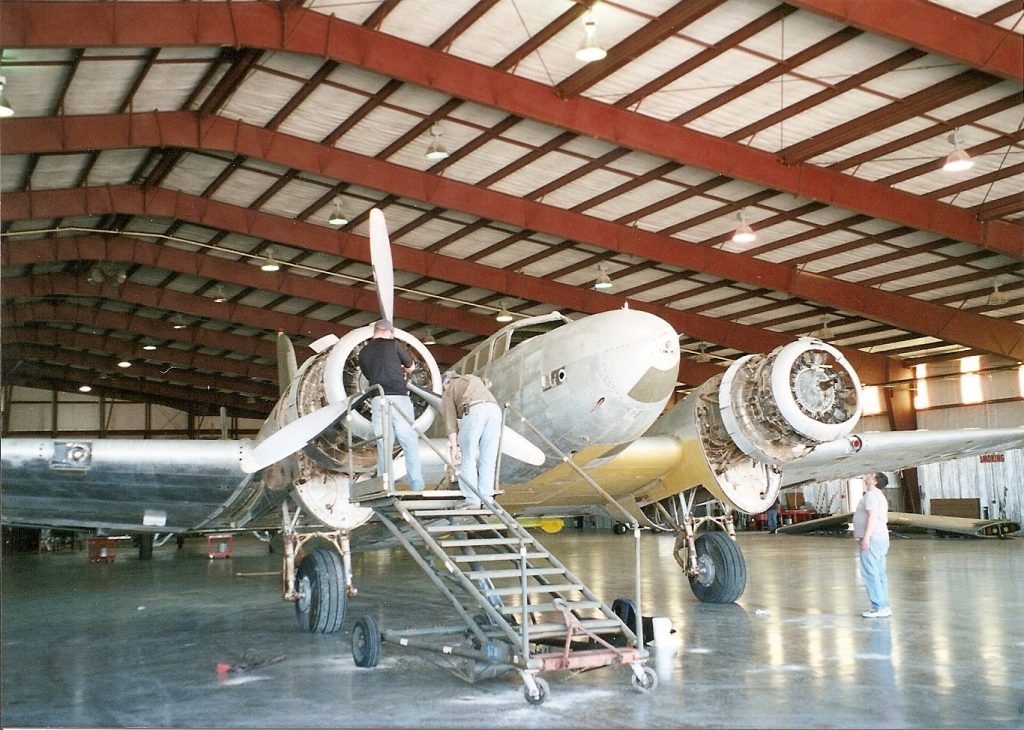
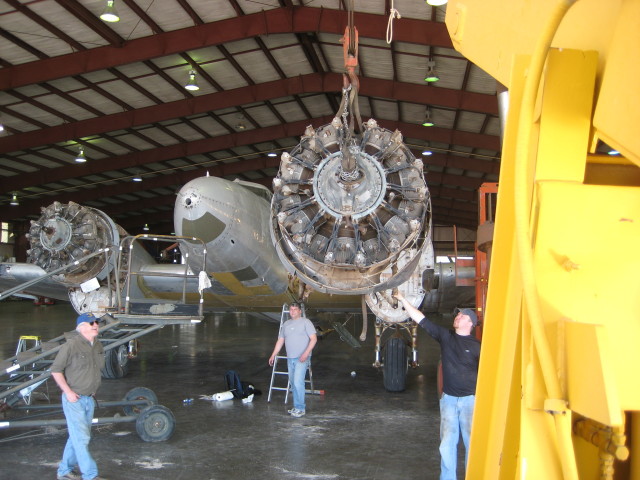
Over the course of the next year, museum volunteers would make a scouting trip to Midland, Texas. At the same time, funds were raised to support the purchase and transport of the B-23 to Geneseo. A few more trips occurred, where HAG volunteers worked alongside CAF crew to disassemble the aircraft and prepare it for its cross-country flat-bed trip to western New York. Many trips to Midland-area Harbor Freight stores took place during these trips, and when these tools were coupled with the elbow grease of the dedicated Geneseo and CAF crews, the Dragon was soon ready for the trip. During the fall of 2010, two trips of the flatbed brought the components of the B-23 home to Geneseo. After the bomber was unloaded and the dust settled, museum volunteers gathered to gawk at the new aircraft acquisition as she sat in the hangar. Lauds of optimistic comments filled the air, “It’s actually in pretty decent shape.” “This could be a fun project!” “This thing could fly again!” This is not to say that the scope of such a project as returning the ultra-rare bomber with corrosion issues was shunned by HAG members, rather there was no dissonance of its arrival. This is always a great starting point for an aircraft restoration’s success.
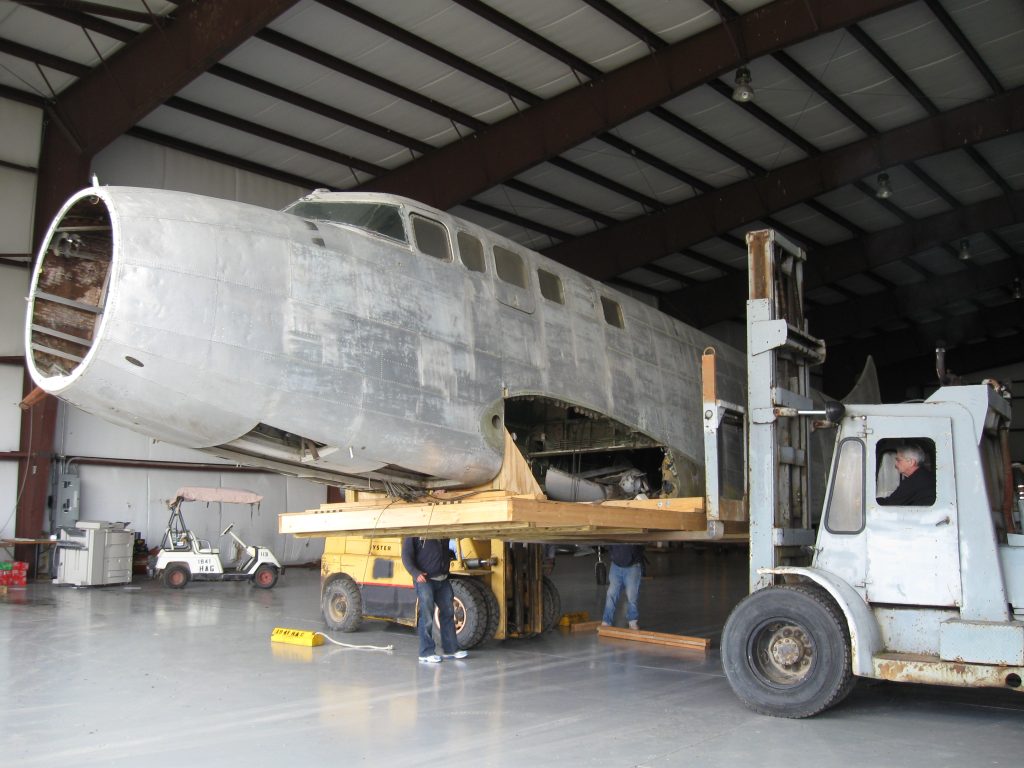
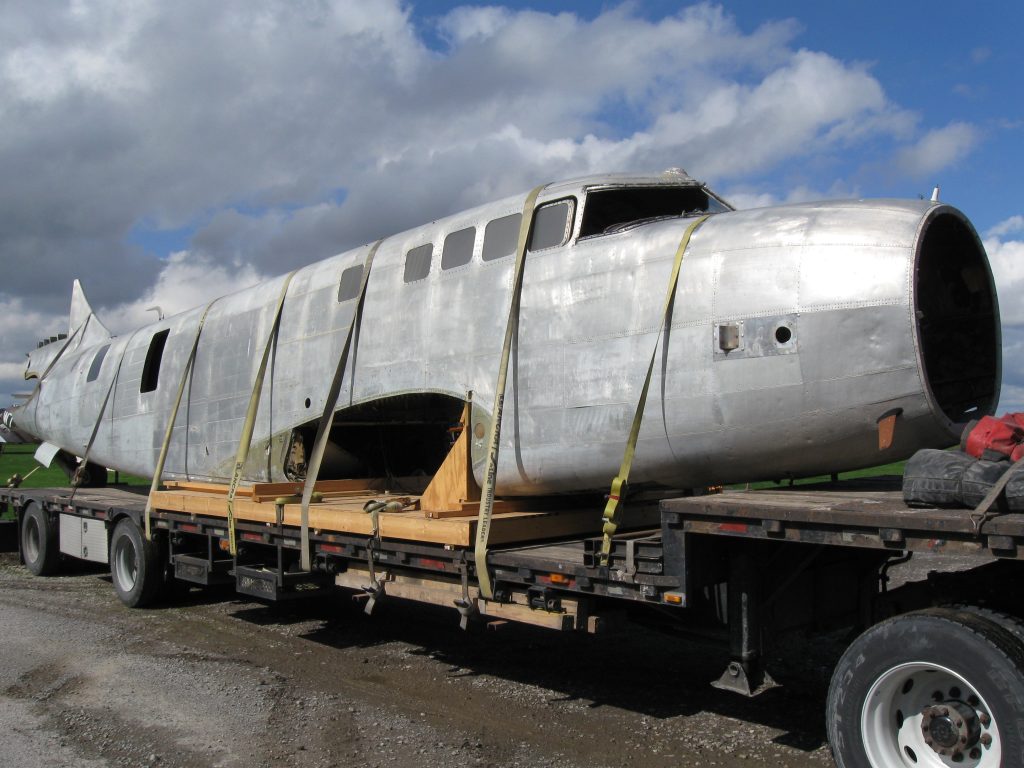
As with many museum projects initiated with best intentions, the honeymoon phase eventually wore off. The B-23 remained in the hangar, but other museum projects began showing a greater urgency for completion. Engine changes of the museum’s D-Day veteran C-47 Whiskey 7, and a subsequent “Return to Normandy” mission in 2014 required resources that Geneseo had to use. For the last 10 years, the Douglas bomber has remained in the museum’s hangar. Out of the way, but not to be forgotten, the B-23 is complete despite being unassembled. As the Geneseo organization begins taking their next steps towards growing as a museum, the Dragon is a project that often comes up in conversation. The prospect of restoring this rare warbird to an airworthy condition has not been abandoned, however, the general consensus is that the B-23 should first be assembled and placed back on her landing gear. This more realistic goal is certainly attainable, with a little external help and the ingenuity of National Warplane Museum volunteers. As we’ve seen time and time again, Geneseo is where the magic happens. To learn more about the museum and donate to the project, visit www.nationalwarplanemuseum.com.
